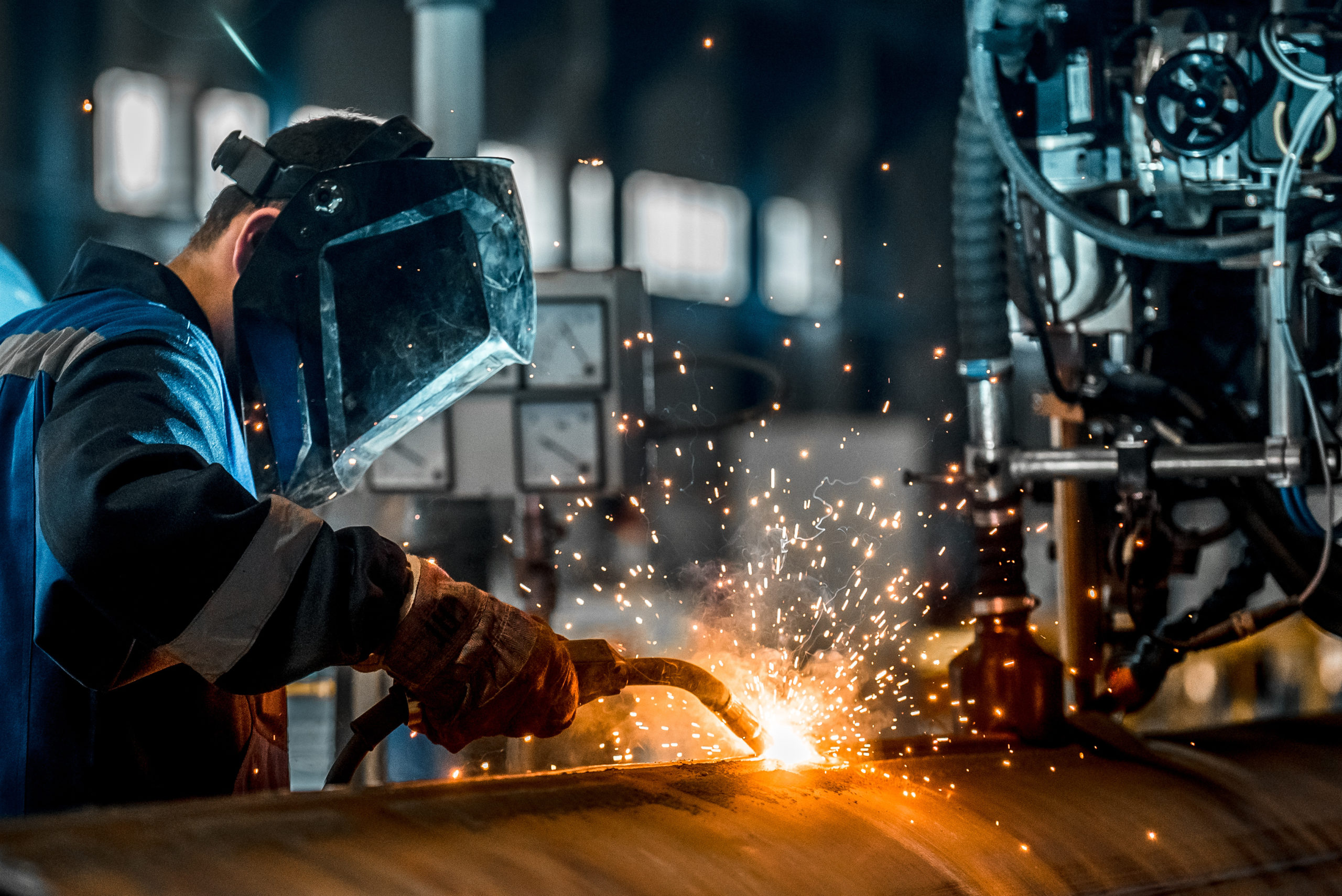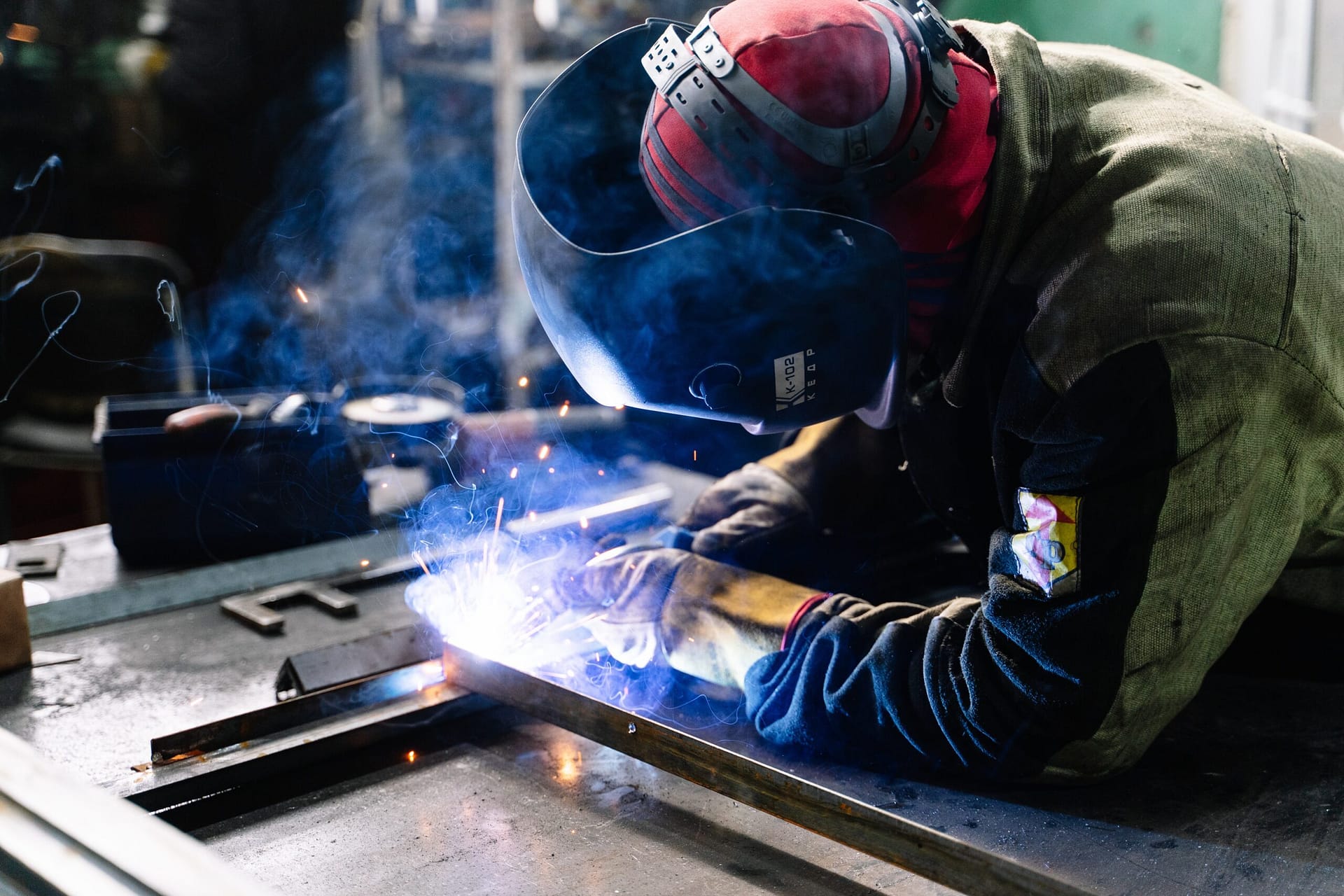Usual Welding Repair Work Issues and Exactly How to Address Them Efficiently
Welding repairs usually experience a series of issues that can jeopardize the honesty of the end product. Usual issues include inadequate infiltration, porosity, and imbalance, to name a few. Each problem presents distinct challenges that call for details strategies for resolution. Understanding these problems is necessary for welders intending to improve their end results and skills. This conversation will discover these typical welding repair work concerns and effective methods to address them.
Insufficient Infiltration
Insufficient penetration takes place when the weld steel fails to fully fuse with the base product, leading to weak joints and potential architectural failures. This issue usually stems from inadequate warmth input, inaccurate electrode angle, or inappropriate welding speed. Welders might run into insufficient penetration as a result of a miscalculation of the needed parameters for a particular product density or kind. In addition, contamination on the base material's surface area can prevent reliable bonding, aggravating the issue. To attend to inadequate penetration, welders should ensure appropriate settings on their equipment and keep a tidy job surface area. Regular inspection of welds is recommended to determine any kind of deficiencies early, permitting for timely adjustments and the avoidance of compromised structural integrity in welded assemblies.
Porosity
Porosity is an usual flaw in bonded joints that manifests as small gas bubbles entraped within the weld steel. This defect can jeopardize the stability of the weld, resulting in lowered toughness and prospective failure under stress and anxiety. Welding. Porosity generally arises from contamination, moisture, or improper welding methods, which allow gases to leave into the molten weld swimming pool. To resolve porosity, welders need to assure proper surface area preparation, preserve a tidy working setting, and utilize ideal welding criteria. Additionally, selecting the appropriate filler material and protecting gas can minimize gas entrapment. Normal inspection and screening of welds can help recognize porosity early, assuring timely corrective actions are taken, therefore maintaining the quality and integrity of the bonded framework
Misalignment
Misalignment in welding can develop from numerous variables, consisting of incorrect setup and thermal development. Comprehending the source is necessary for reliable resolution. Several adjustment strategies are readily available to straighten components and ensure architectural stability.
Sources of Misalignment
Welding imbalance usually stems from a variety of underlying problems that can compromise architectural integrity. One primary cause is improper fit-up of parts before welding, which can bring about voids and unequal surface areas. Variations in thermal growth throughout the welding process can likewise result in distortion, specifically if the materials being signed up with have various coefficients of expansion. Furthermore, insufficient fixturing and clamping may fail to hold parts safely in area, leading to motion during welding. Inadequately maintained equipment, consisting of welding makers and tools, may present disparities in the weld grain, more adding to imbalance. Finally, operator error, stemming from insufficient training or experience, can also play a significant function in developing misaligned welds.
Correction Techniques Offered
Addressing misalignment successfully calls for a mix of rehabilitative strategies customized to the certain problems available. One common method is making use of fixtures or jigs to hold components in the right setting during welding, ensuring consistent placement. Furthermore, preheating the products can help in reducing distortion and improve fit-up. For considerable imbalance, mechanical realignment methods, such as making use of hydraulic jacks or clamps, can be employed to fix the placement before welding. Post-weld warm treatment may additionally be required to eliminate stress and anxieties brought on by imbalance. Careful examination and change during the arrangement phase can protect against misalignment problems from becoming substantial problems, advertising a smoother welding procedure and boosting overall architectural stability.
Distortion
Distortion is an usual challenge in welding that can emerge from different elements, including uneven heating & cooling. Recognizing the sources of distortion is essential for applying effective avoidance methods. Addressing this issue not only improves architectural honesty but also improves the general quality of the weld.
Sources of Distortion
When subjected to the extreme warmth of welding, products often undergo changes that can bring about distortion. This sensation mainly arises from thermal growth and tightening throughout the welding process. As the weld area heats up, the product expands; upon air conditioning, it gets, which can develop inner stresses. Additionally, unequal home heating across a workpiece can aggravate these tensions, leading to bending or bending. The kind of material additionally plays a substantial role; steels with differing thermal conductivity and coefficients of expansion may respond in a different way, resulting in unforeseeable distortions. Bad joint style and inadequate fixturing can add to misalignment during welding, raising the likelihood of distortion. Comprehending these causes is essential for reliable welding repair work and avoidance methods.
Prevention Techniques
Effective avoidance techniques for distortion throughout welding emphasis on controlling heat input and guaranteeing correct joint style. Maintaining a consistent warm input helps to reduce thermal expansion and contraction, which can lead to distortion. Utilizing strategies such as pre-heating the work surface can additionally decrease the temperature level gradient, advertising consistent heating. Additionally, picking ideal joint layouts, this link such as T-joints or lap joints, can boost security and reduce stress and anxiety concentrations. Implementing proper fixturing to secure the workpieces in position better help in keeping placement during the welding process. Ultimately, staggered welding series can distribute heat much more uniformly, preventing local distortion. By applying these strategies, welders can significantly lower the chance of distortion and enhance the general top quality of their welds.
Fracturing
Breaking is a typical concern run into in welding repair work, frequently arising from numerous elements such as improper cooling prices, product choice, or inadequate joint prep work. The occurrence of fractures can substantially compromise the integrity of the weld, leading to possible failings throughout procedure. To address this concern, welders should first assess the root creates, guaranteeing that materials are suitable and appropriately chosen for the details application. Additionally, regulating the air conditioning rate during the welding process is crucial; quick cooling can cause stress and result in cracking. Appropriate joint style and preparation likewise contribute to reducing the risk. Carrying out these approaches can improve weld top quality and resilience, ultimately minimizing the possibility of cracking in completed weldments.

Incomplete Blend
A significant problem in welding repair work is insufficient fusion, which occurs when the weld steel does not appropriately bond with the base material or previous weld passes - Fabrication. This problem can cause weak points in the joint, possibly endangering the stability of the bonded structure. Aspects adding to insufficient fusion include insufficient warmth input, incorrect welding method, and contamination of the surface areas being joined. To resolve this issue properly, welders need to assure correct pre-weld cleaning and surface prep work, Get the facts in addition to adjust their welding parameters to attain sufficient penetration and blend. Routine assessment throughout the welding process can also assist recognize insufficient combination early, enabling timely corrective actions to enhance the total top quality of the weld
Overheating
While welding fixings can improve structural honesty, overheating presents a considerable obstacle that can bring about material deterioration. Excessive heat during welding can alter the mechanical residential or commercial properties of metals, leading to decreased toughness, raised brittleness, and bending. This sensation is especially essential in high-stress applications where structural integrity is critical. Determining getting too hot can involve aesthetic inspections for staining or distortion, along with keeping track of temperature level throughout the welding procedure. To reduce the dangers related to overheating, welders should use ideal techniques, such as regulating heat input, adjusting traveling speed, and using appropriate filler products. In addition, applying pre- and post-weld heat therapies can assist recover material homes and improve the total quality of the fixing, making certain long-term efficiency and safety and security.
Regularly Asked Inquiries
What Are the Common Signs of a Welding Issue?

Just How Can I Test My Welds for Quality?
To evaluate welds for top quality, one can utilize visual assessments, ultrasonic testing, and radiographic approaches. Each method assures architectural stability, identifies problems, and verifies adherence to defined requirements, eventually improving the dependability of the bonded joints.
What Safety and security Precautions Should I Take While Welding?
When welding, one must prioritize security by putting on ideal individual safety devices, making sure appropriate air flow, protecting flammable materials away, maintaining a clean workspace, and knowing surroundings to protect against injuries and mishaps.
Can I Fix a Weld Without Redoing the Entire Joint?
Fixing a weld without remodeling the whole joint is feasible, depending upon the damage (Montana Mobile Welding and Repair Fabrication). Techniques such as grinding, including filler material, or using a welding procedure can efficiently resolve certain flaws while protecting the surrounding framework
What Tools Are Important for Effective Welding Services?
Vital tools for efficient welding repairs consist of a welding device, cable brush, mill, protective equipment, clamps, and filler materials. Each tool plays an important function in making certain quality and safety and security throughout the repair work process. Porosity normally develops from contamination, dampness, or inappropriate welding methods, which allow gases to leave get more into the molten weld pool. Poorly conserved tools, consisting of welding equipments and tools, may introduce disparities in the weld grain, further adding to misalignment. When subjected to the intense warmth of welding, materials usually undergo adjustments that can lead to distortion. Breaking is a typical problem come across in welding repair services, often resulting from various elements such as improper air conditioning rates, product selection, or insufficient joint prep work. A considerable concern in welding repairs is incomplete fusion, which happens when the weld metal does not sufficiently bond with the base product or previous weld passes.